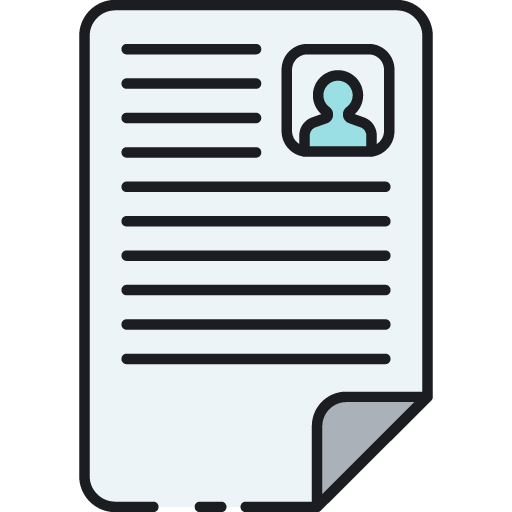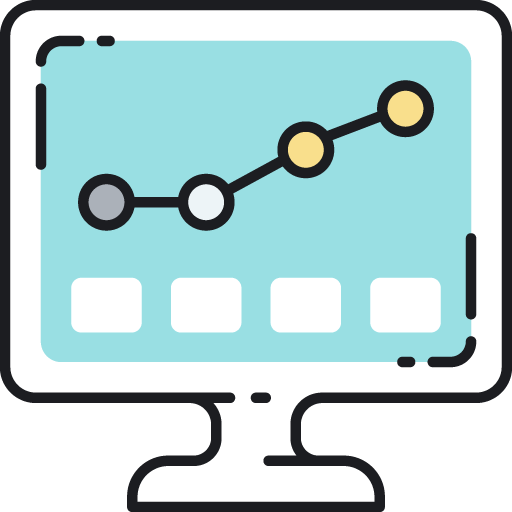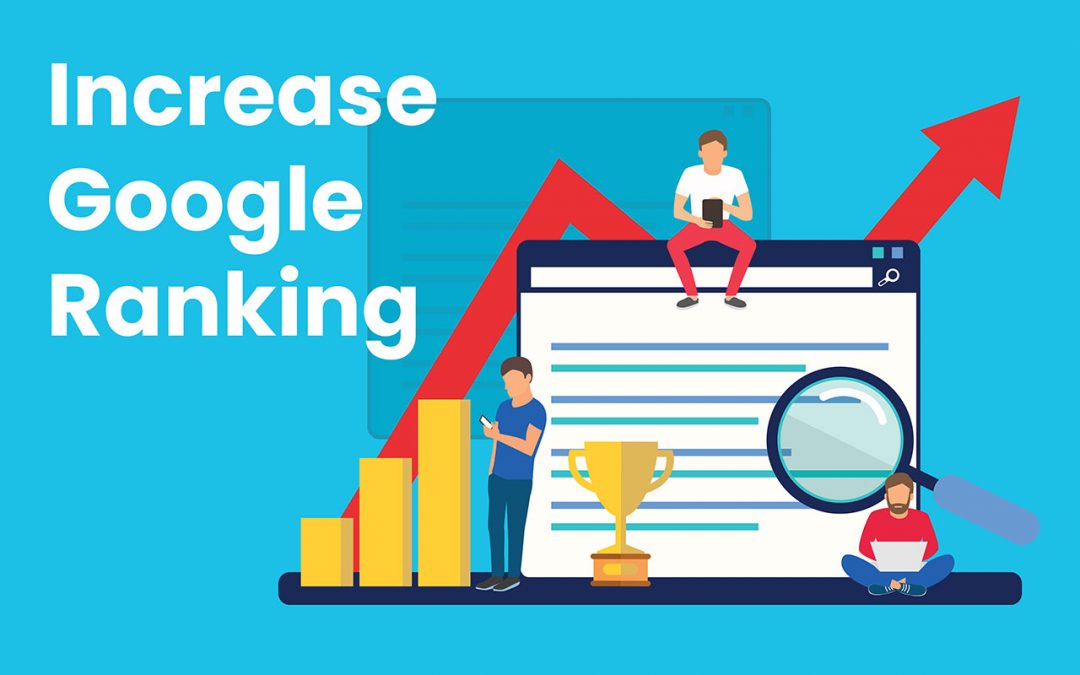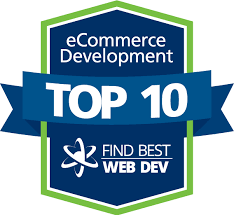Before the year 2020 could even properly begin, a global pandemic had managed to unprecedentedly bring businesses, services, and even air travel all over the world to a screeching halt. Lockdowns and movement control orders in many countries have inadvertently made companies take their businesses onto the online world, and while the majority of the world’s population sit in front of their computer screens at home everyday – web page rankings on Google, and other search engines could not have mattered more during this period of time.
In this day and age, customers need to be interested and engaged in your brand’s content online, for you to be at the top of their minds, at the right times. As such, we’ve (Weave) got six vitally essential factors to show you how you can get to the front page of the leading search engine results, and upgrade your ranking web page!
1. Backlink Profile Factors

- Number of referring domains
- Number of follow-backlinks
- Number of backlinks
- Number of anchors
- Number of referring IPs
- Keyword presence in the anchor
As confirmed by Google, a strong backlink portfolio is utmost crucial for website rankings.
Metrics of the backlink’s portfolio are intertwined with each other, and a blind manipulation of only one of them will not increase your rankings, unless the other metrics are looked into and worked on as well. The key here is to focus on your naturalbacklink profile, and try out various link-building strategies as you go along the way.
While the high search volumeniche is exceptionally competitive, and the first positions tend to be occupied by the giants with the richest backlink portfolios, competition is lighter in the low-volume Search Engine Results Pages (SERPs), so extra link-building efforts can make all the difference for your page/domain’s SEO rankings!
2. Website Security

you will be taking a proactive step in protecting your users’ security, which greatly strengthens the authority of your website. While it might be a costly undertaking, these costs can certainly translate into value for improving your ranking web page, and significantly impact your business.
The HTTPS adoption rate is very high in the high-volume keyword group. That is to say, the more popular the keywords are, the more likely it is that HTTPS domains will occupy the top positions in the results’ page. So if you want to compete for high-volume keywords, having an HTTPS version of your site is of utmost importance.
In the low-volume keyword segment, the HTTPS adoption rate is not as high – up to 20% lower in comparison. As such, having a secure version of your page and site creates an opportunity for you to outrun the competition, and significantly distinguish you from it.
3. Content Length

The precise numbers for an ideal content length are debatable, as the main advantages of a text are ideally its quality, and relevance. On the other hand, long-form content does create the impression of an in-depth analysis, and therefore looks more trustworthy and reliable, at the same time.
Solely creating content of a certain length is not a fit-for-all solution, and if the content is irrelevant to the reader’s query, it doesn’t matter how long it is – it will still be irrelevant. However, it can be noted that it is still evident that pages with longer content, do tend to rank higher on average. So, content length is important for your page’s SEO ranking success as long as the content is valuable, well-written, and optimised – especially if one targets certain high-volume keywords!
It has also been found thatlong-tail search queries return pages with more content on average than short heads – almost 20% more. For example, an average top-100 article on ‘interior design’ will be shorter than an average top-100 article on ‘interior design trends in 2020’. Needless to say, if you are writing on a broader topic, your users do not expect a longer read. If your article’s topic is narrowed down to a precise statement, then it should provide a more in-depth view.
In short, the larger the search volume, the longer the content. Write long reads if you want to rank higher for popular keywords!
4. On-page SEO Elements

A video is also considered to be a valuable contribution to almost any piece of content these days. It is essential to include a video in an article or post at times, especially if you might be reaching out to more ‘visual’ readers, and at others, it isn’t absolutely necessary, though some websites often do it anyway because it will, allegedly, make the site’s post rank higher. One should keep in mind that depending on your niche, certain clients might expect video content, so it makes sense to provide it. Consider your audience’s demands – and if they include visual support, include a video.
Over 75% of the top-20 pages have keywords in their body, and over 60% have them in their title. And while it seems to be a usual practice, data proves that it doesn’t have a strong impact on rankings.
One time-proven approach in SEO is using longer-tail keyword for promotion, as they usually bring more relevant traffic to a website. If this is your case and you plan to rank your site for long-tails, having an exact-match keyword in your on-page SEO elements is not necessary. As a matter of fact, it is more important to diversify the semantic core of your text, and make it relevant to the target keyword, rather than solely copying it.
5. Website Visits

Excluding organic search and other traffic data, there is a strong link between the number of direct visits and the page’s position on the SERP. This could indicate that Google prioritises domains with more authority and consequently, more direct traffic when ranking the high-volume keyword group.
And while we acknowledge that they are important, this also means that organic rankings are not the only thing to be concentrated and focused on. Direct visits are fueled by your brand’s awareness, so building a strong brand image should be an essential part of your promotion strategy to improve your Google page ranking.
6. User Behaviour Signals

Lower bounce rates on your site can attribute to a higher-ranking and better-performing page. This could be the result of the level of trust that users have for top-ranking pages, or could mean that lower-ranking pages are less relevant. Though Google reps dictate that all user behaviour signals are too ‘noisy’ to be considered during the page qualification, a high bounce rate could indicate that the page content is irrelevant, resulting in zero engagement – which isn’t good for both users and search engine bots.
Results indicate that users tend to spend more time on websites that rank higher in SERPs. This could be explained by the same fact that users trust top-ranking pages more than lower-ranking ones.
And similar to the bounce rate and time on site trends, these results can confirm that users tend to visit more pages on websites that are at the top of organic search results.
Conclusion
All this said, it is evidently clear that many technicalities and metrics-monitoring are involved when it comes to attempting to improve your web page ranking, especially on Google. While there isn’t a one-size-fits-all solution one can readily source out for on his/her own, digital marketing agencies are equipped with the relevant tools to provide you with the technical support that you need to bring up your SEO ranking factors.
At Weave Asia, we are committed to growing your business, and helping you land in the front page of leading search engine results, while getting your customers engaged, interested, and having you at the top of their minds, at the right times. If you might be interested in enquiring more on the digital marketing services we provide, feel free to contact us for a consultation today!
Content Source: SEMrush Ranking Factors Study 2.0











